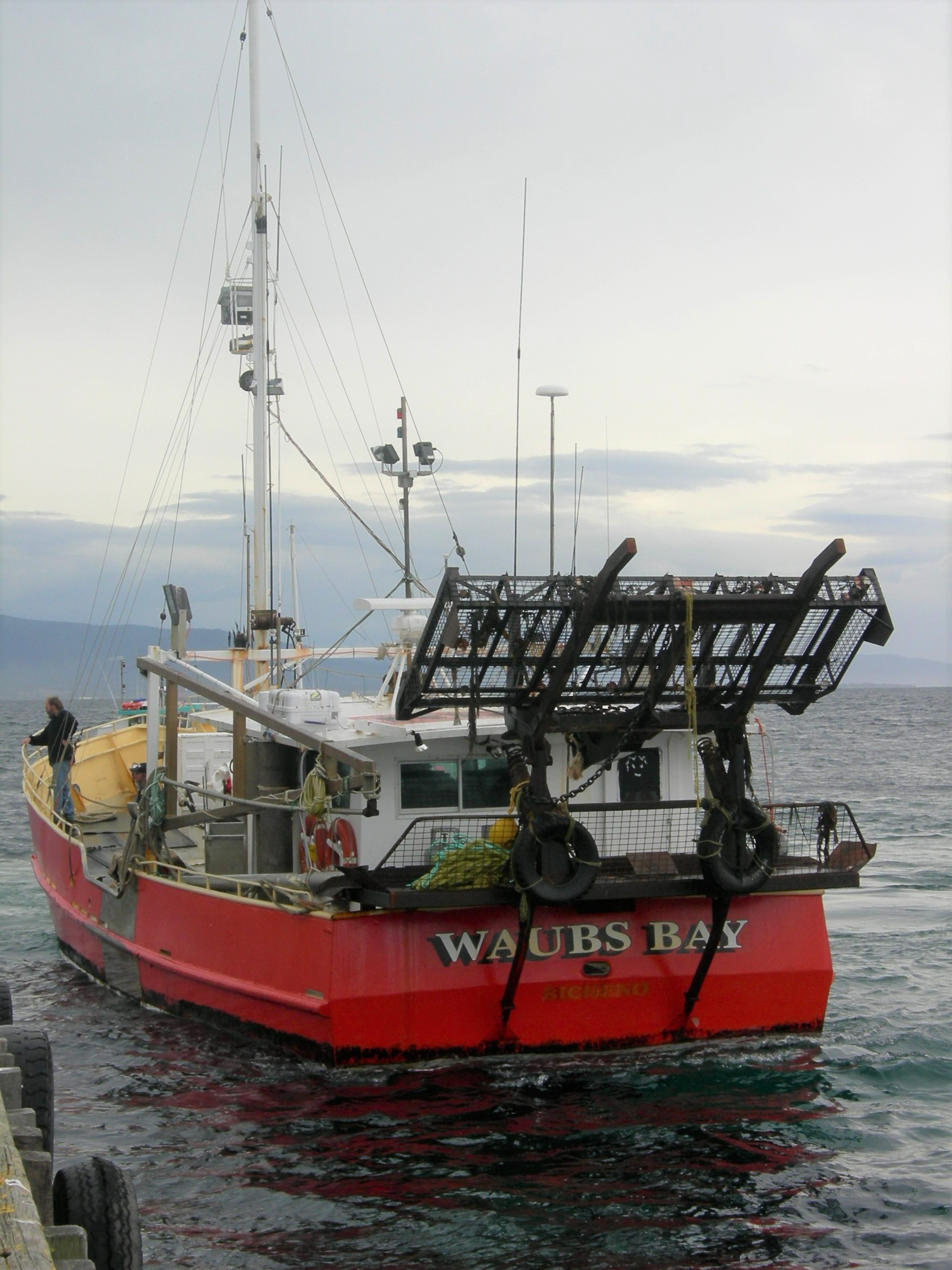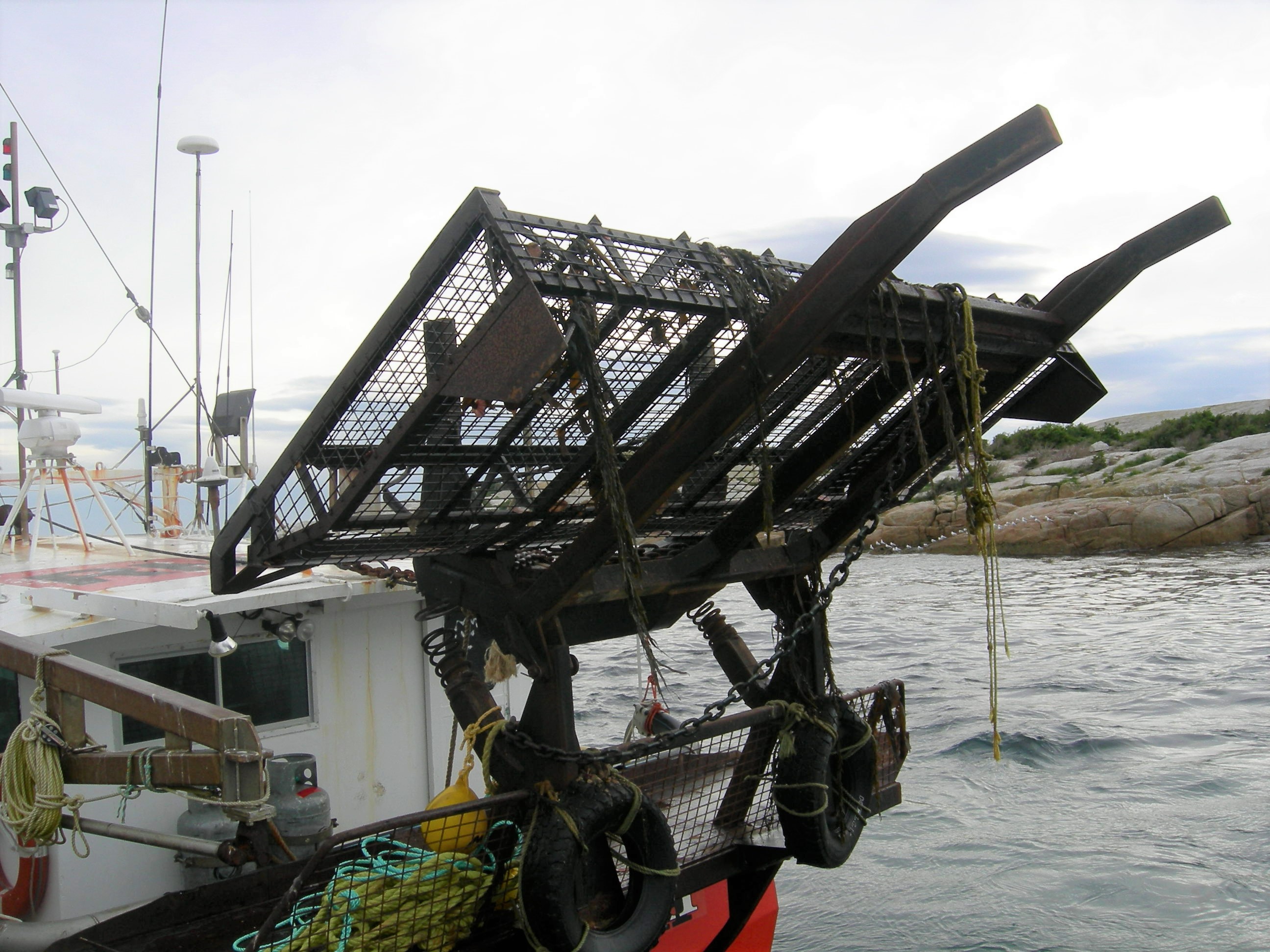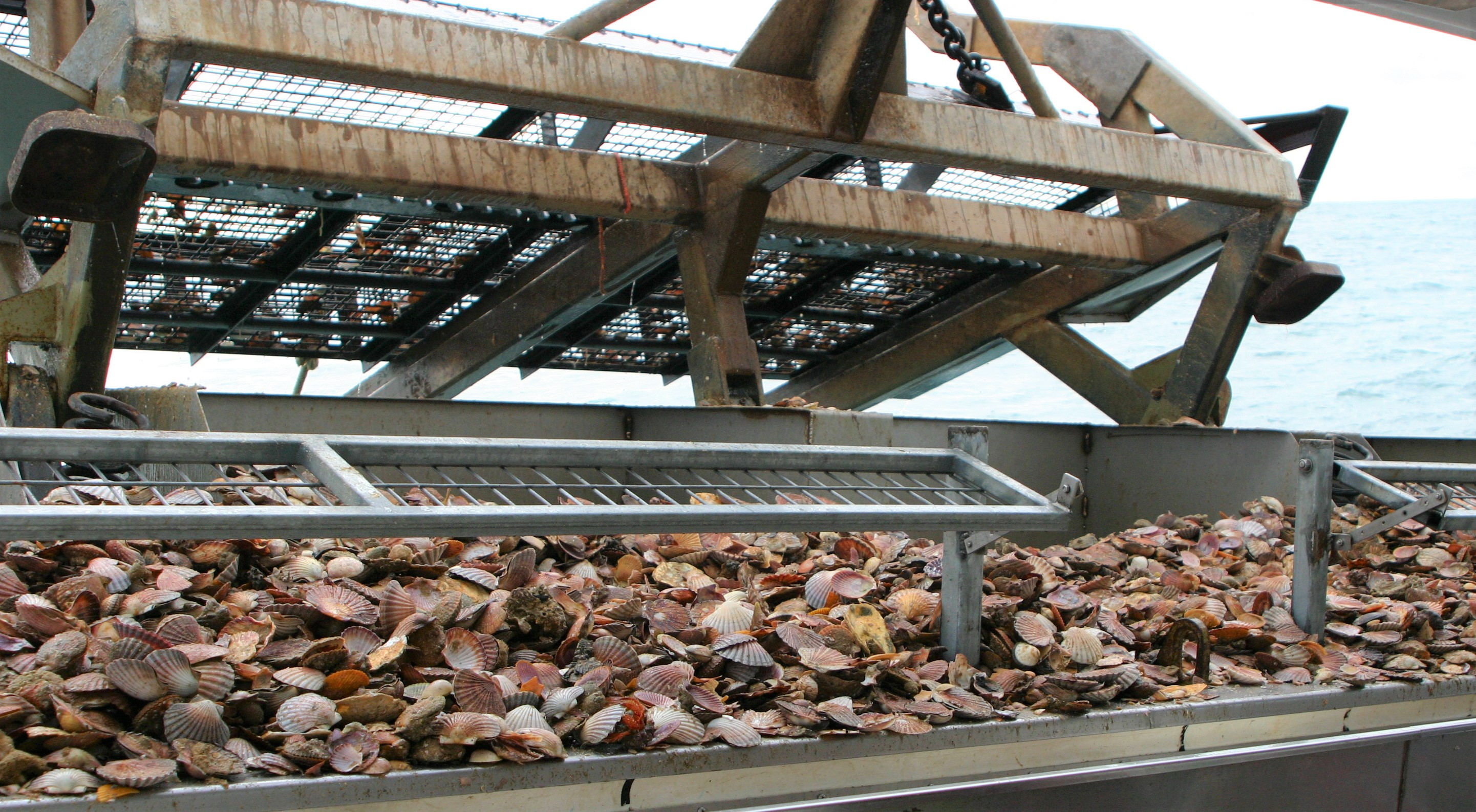Fishery Management
The Tasmanian commercial scallop fishery extends to 200 nm, except Bass Strait, where jurisdiction covers 3-20 nautical miles offshore (NRE, 2005) (see Table 1 for a summary of the fishery). The fishery is managed by an individual transferable quota (ITQ) program, which was implemented in 1986, as well as several input controls. Since 2003, the fishery has been managed under a spatial management approach, referred to as a paddock fishery, whereby all areas are closed to fishing, except that certain areas can be opened after a stock assessment is completed. The current Tasmanian scallop fishery management plan, implemented in March 2010, is a collection of detailed fishery rules governing the fishery. A draft document, A Management of the Tasmanian Scallop Fishery – Policy and Decision Making Guidelines, describes the framework for management of this fishery, including goals, objectives, and strategies.
This strategy specifies some main criteria that need to be satisfied for a specific area (paddock) to be opened (and remain opened) to fishing:
1. Minimum size or age – At least 80% of scallops must be greater than minimum legal size (90 mm SL) or at least 80% of scallops are ages 3+, corresponding to at least two major spawning opportunities. Alternative minimum size limits can be established, in cases where it can be established that scallops have had the opportunity to spawn at least twice prior to harvest.
2. Commercial viability – Potential fishing areas are prioritized based on anticipated economic returns, catch rates, market suitability, and estimated costs of fishing. Commercial viability is subjectively determined by the Scallop Fishery Advisory Committee (ScFAC), which is largely comprised of industry members.
3. Listing candidate open areas – The spatial management regime requires areas to be assessed to characterize population structure and extent of candidate scallop beds before being considered for commercial harvesting. Initially, state-wide surveys are conducted using industry scallop vessels that can retain limited tonnages of located scallops (50 t survey area cap for six areas; 300 t State-wide, see Figure 4). If surveys reveal that the size structure indicates a discard rate no larger than 20% prior to an opening, then the surveyed area can be considered as a candidate area for a fishery opening. The effect of the spatial management regime is essentially a rotational harvest system.
4. Discard threshold – If a vessel has more than two dredge tows in which ≥20% of scallops are less than minimum size, then the vessel should move at least 250 m. If such discard rates persist, then the coordinates should be reported for potential mitigation measures.
5. Meat recovery guideline – As a general guideline, meat recovery (adductor muscle and roe) should be >11.8 g corresponding to <85 scallops/kg.



Details on the current management controls for the Tasmanian Scallop Fishery is provided on the Department of Natural Resources & Environment (NRE) website at the link:



